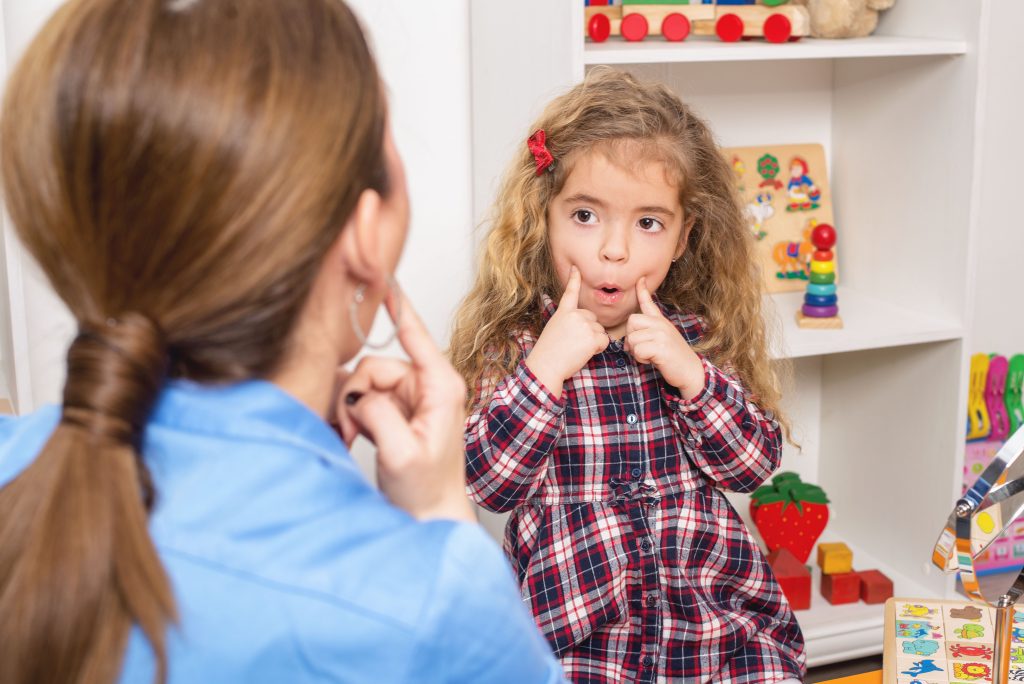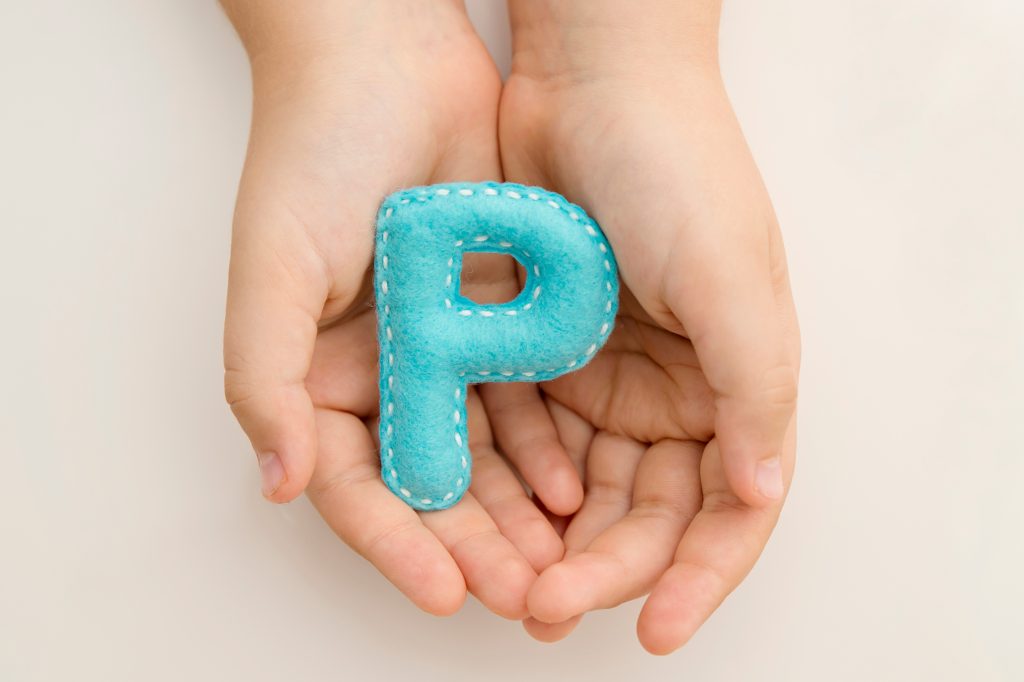If your child is having trouble with their speech, there are easy speech therapy lessons you can do with them from home. Speech disorders can have a variety of
Language acquisition among children has always been a topic of curiosity among scientists. A child’s brain is often extremely susceptible to influence due it’s plastic nature and can be easily taught to develop language and creative imagination. The first years of life are the most important for language development in children. Environmental experiences shape a child’s language development immensely. It is crucial to help build creativity and imagination in children since it offers numerous advantages. For instance, children who are able to imagine themselves in others’ shoes are often more empathetic and cooperative to others. In addition, creative and cognitive development in children occurs when they use imagination for reading or other activities. While reading, children can visualize the plot and characters with ease if they use their creativity and imagination.
Drama Pedagogy Training (DPT) and other drama-based pedagogies have been related to creative enhancements. Five creative processes were identified using DPT. They are divergent thinking, fantasy and imagination, associative thinking, symbolization, and problem solving. Language is crucial for a child to succeed in school and community at large. Sometimes children who struggle with learning disabilities or other handicaps have challenges with regards to developing language skills easily. For instance, a study assessing language development in children with cochlear implants found that parental linguistic input during the first years after cochlear implantation is positively correlated with later child language outcomes.
What happens when children lose or don’t have the ability to hear language? Deaf children are often responsible for introducing language-like structures into their gestures. They develop gesture systems to communicate with the hearing individuals around them. Challenges arise when these children try to develop language, especially spoken language. Deaf and hard-of-hearing (DHH) children develop sign language just as hearing children develop spoken language. However, DHH children are often still delayed compared with hearing children. As a result, these children have a higher risk of peer victimization than hearing children. Parental sensitivity and parents who challenge children to become competent in practical, emotional, cognitive and social domain results in less likelihood of victimization.
Reading books and stories is also a great way to ensure children are developing language properly. Interventions for child language development, such as reading picture books, have proven effective. Teachers have an important role to play in ensuring proper language development. Most often, preschool and higher education teachers incorporate literary activities into their curriculum. Phonological sensitivity and letter knowledge should be taught within a language-rich environment.
Expressive and receptive language development occurs early in life. The benefits of reading to children in infancy is not well known. However, researchers found that early, consistent reading demonstrates improved language scores as early as 9 months of age. Environmental factors are crucial in ensuring that children develop reading and language skills in a timely manner. For instance, children from low-income families are more likely to grow up in home environments without proper nurturing of reading skills. These environments often fail to promote emergent literacy. Interventions changed parental attitudes toward the importance of reading in children.
Literacy is a continuous development process which includes speaking, listening, reading and writing. Pediatricians can play a crucial role in addressing a child’s literacy development. They are the ones capable of identifying and preventing language and speech disorders early on. Prevention rests on theories on understanding that language learning is affected by the language environment. Early literacy interventions, including speech-language intervention, prove effective at stimulating children’s targeted response to improve their skills.
We must also take into account bilingually developing children. Studies conclude that bilingualism does not in any way negatively affect children’s language learning abilities or skills. While learning two languages takes longer than just learning one, bilingual children can have different strengths in each language. In addition, learning two languages can help children improve listening, information processing, and problem-solving skills. In our increasingly diverse society, bilingual children may also have an advantage and can make new friends and create strong relationships using their second language.
It seems environmental and genetic factors contribute to the development of language and speech disorders. Around 5 to 8 percent of preschool children are affected by speech and language delays, which often persist into school years. This, in turn, can result in lowered school performance and psychosocial problems among this population of children. Some characteristics, such as the male sex, family history, and parental education, were linked to language delay. About half of the children affected by language delays go on to face challenges in adolescence and later in life, often in educational and workplace settings. Socioeconomic adversity can also be a contributing factor leading to delayed language development.
Speech and language delay in children results in difficulty in reading, writing, attention and socialization. Developmental speech and language delay, expressive language disorder, and receptive language disorder are the few types of primary speech and language delay. Aside from interventions, speech and language therapists play an important role in ensuring a child manages their speech and language difficulty. Speech-language therapy has proven to be quite effective, particularly in children with expressive language disorder. Tele-speech therapy, in particular, is an effective treatment for stuttering patients irrespective of age, gender, and educational background. It can help a child improve their speech and reduce stuttering. An added benefit of tele-speech therapy is that it eliminates travel time and can be done at various locations chosen by the patient or their family.
Considering all of the above information, it is clear that language development in children is an important milestone as it shapes how they communicate and express themselves in this increasingly social world. Miogym: Speech Therapy is an application that has various exercises with animations that help children learn to speak. This will enable children to strengthen their language and speech skills by using the features on the application. Numerous studies have shown that interventions and therapy are crucial in improving language development and imagination. As a result, children, parents, guardians, and physicians should work together to ensure each individual child has all the necessary tools to develop proper language skills.




 No Comments
No Comments  No Comments
No Comments  No Comments
No Comments 
